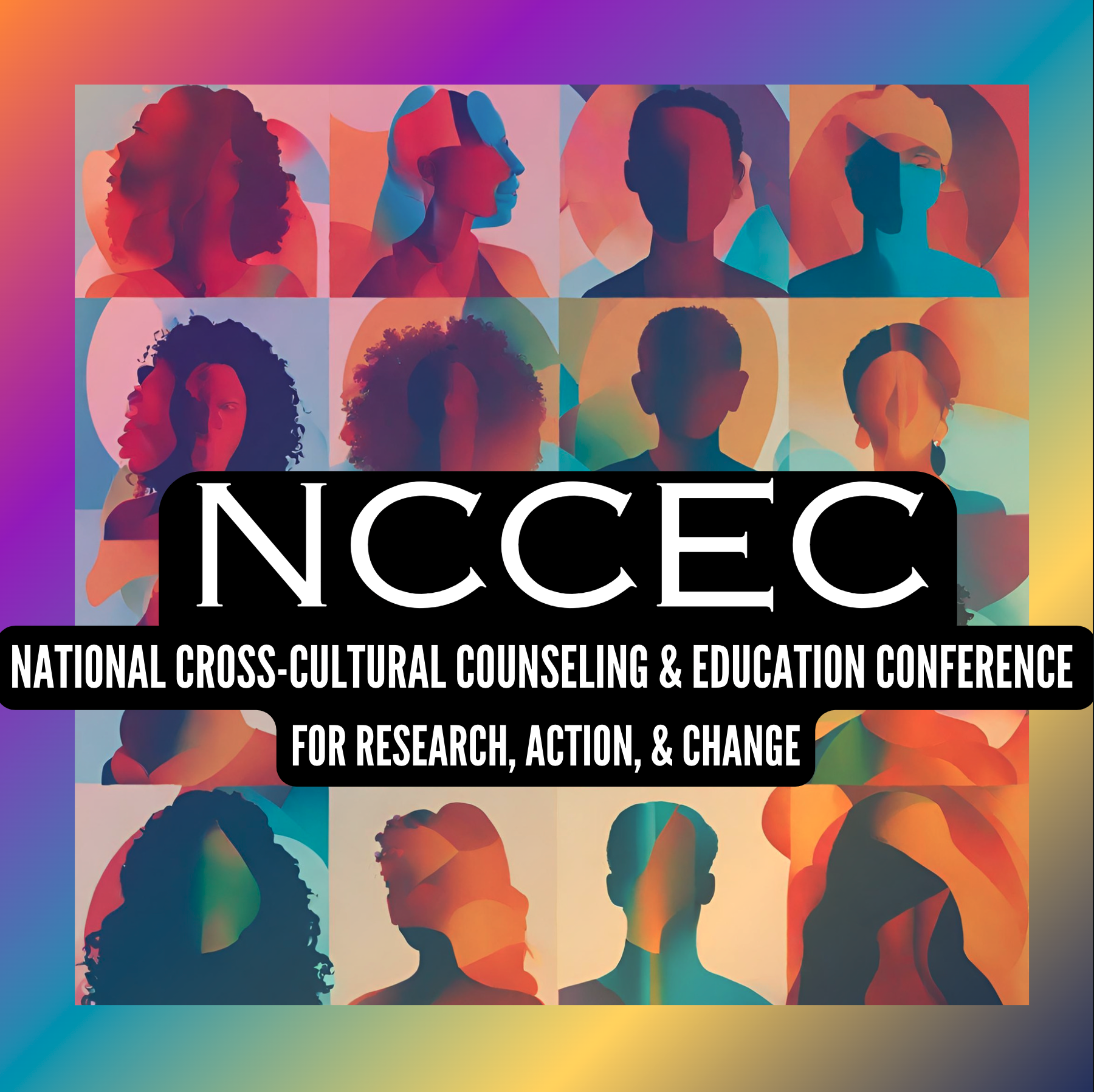Mine, Yours, and Ours: Examining Diversity and Tolerance Through Multicultural Literature
Conference Strand
Practice, Strategies, Techniques, and Interventions
Abstract
Literature has the power to connect us, to serve as a reflection of who we are and can be. This session will examine how multicultural literature and interactive strategies can address diversity and promote tolerance. Throughout, we will explore varied cultures, encourage appreciation of all people, and build the “democracy of the intellect” (Short, 2012. p. 16).
Evidence
Stallworth, Gibbons, and Fauber (2006) share that within a classroom, students need to be “respected for their own unique set of differences” and encouraged to “develop a respect and appreciation for those whose cultural and ethnic backgrounds are different from their own” (p. 478). Building on their stance, we have adopted the premise that diversity needs to be addressed in every classroom, every workplace, and among all people groups. When coupled with intentional strategies (e.g. the use of multicultural literature) and activities, diversity can be explored in a richer manner with potential for a greater, possible impact. Ideally, such exploration allows each to see “oneself as a part of a whole, not the center” (Teaching Tolerance, n.d. para. 2).
Since new learning, according to Walters (2014), is the result of building on what we already know, there is a significant need to examine “unconscious, implicit biases [that] pose significant risks to our knowledge-construction process” (para. 2). In doing so, we must practice honest reflection if we hope to become truly tolerant of others. Through self-assessment we can more easily identify those things which influences our perceptions and ability to “make sense of our world” (para. 1).
Ford (2010) argues that when part of a varied population, we often retreat to social interactions within our own cultural groups which, of course, does not allow us to gain a diverse perspective. In fact, Dessel (2010) stresses that such identification begins quickly, reporting that “studies on multicultural education in preschool children show that children begin to notice differences about skin color at a very early age” (p. 416). These findings suggest that rather than embracing differences, we become more homogenized in how we interact, opting to surround ourselves with those who are more like us. Because this practice takes root at such an early age, it is imperative that we begin to look at diversity in a more intentional manner. If not, we run the risk of becoming intolerant, consciously or subconsciously.
Moving beyond the scope of ethnicity and race, it is critical that we acknowledge diversity for what Harriott and Martin (2004) recognize it to be: differences that include “religion, primary language, race, socioeconomic level, ethnicity, family composition, gender, and previous experience” (p. 48) as well as sexual orientation and geographic regional identification. Once we do, we can hope to build tolerance in a seemingly intolerant world.
Format
Individual Presentations
Biographical Sketch
Professor Melissa Comer, PhD, and Professor Kathy Brashears, PhD, serve on the faculty in the Department of Curriculum & Instruction at Tennessee Tech University. Both teach literacy related courses at the graduate and undergraduate levels. Professional experience includes numerous presentations at the local, state, regional, national, and international venues as well as the publication of scholarly articles in various reputable journals.
Location
Session One Breakouts: Hampton A
Start Date
2-7-2020 10:15 AM
End Date
2-7-2020 11:30 AM
Recommended Citation
Comer, Melissa and Brashears, Kathy, "Mine, Yours, and Ours: Examining Diversity and Tolerance Through Multicultural Literature" (2020). National Cross-Cultural Counseling & Education Conference for Research, Action & Change. 3.
https://digitalcommons.georgiasouthern.edu/ccec/2020/2020/3
Mine, Yours, and Ours: Examining Diversity and Tolerance Through Multicultural Literature
Session One Breakouts: Hampton A
Literature has the power to connect us, to serve as a reflection of who we are and can be. This session will examine how multicultural literature and interactive strategies can address diversity and promote tolerance. Throughout, we will explore varied cultures, encourage appreciation of all people, and build the “democracy of the intellect” (Short, 2012. p. 16).

Description
This presentation provides participants opportunities to engage actively with strategies and each other. Attendees will reflect on tolerance and diversity through an interactive self-assessment designed to encourage deep reflection. Participants will be encouraged to share revelations and discuss their insights concerning tolerance and diversity. Ideally, they will leave with a deeper appreciation of sense of self and a better understanding of others.
To begin, we will explore our own personal views of tolerance and diversity by reflecting on what tolerance entails, what signifies a diverse individual, and what freedoms we have in sharing personal cultural backgrounds with others. Moving beyond the scope of ethnicity and race, participants will identify multicultural aspects of their own lives. Additionally, they will look at groupings of books as well as engage in strategies and activities that can be used to address diversity and promote tolerance.
In this presentation, we will tackle tough topics and issues, from stereotyping to racism to religion to personal responsibility. We will ask participants to practice accurate, deep reflection and to think critically about what they do, as individuals, to foster appreciation and respect, if not acceptance, for all viewpoints. Operating under Levinovitz’s (2015) premise that tolerance is a virtue which allows us to coexist with people whose way of life is different than our own without throwing a temper tantrum or a punch, we will encourage open dialogue, demonstrating how literature has the ability to “provide insight, knowledge or wisdom, and emotion towards the person who partakes it entirely” (Lorenzo, 2014, para. 2).